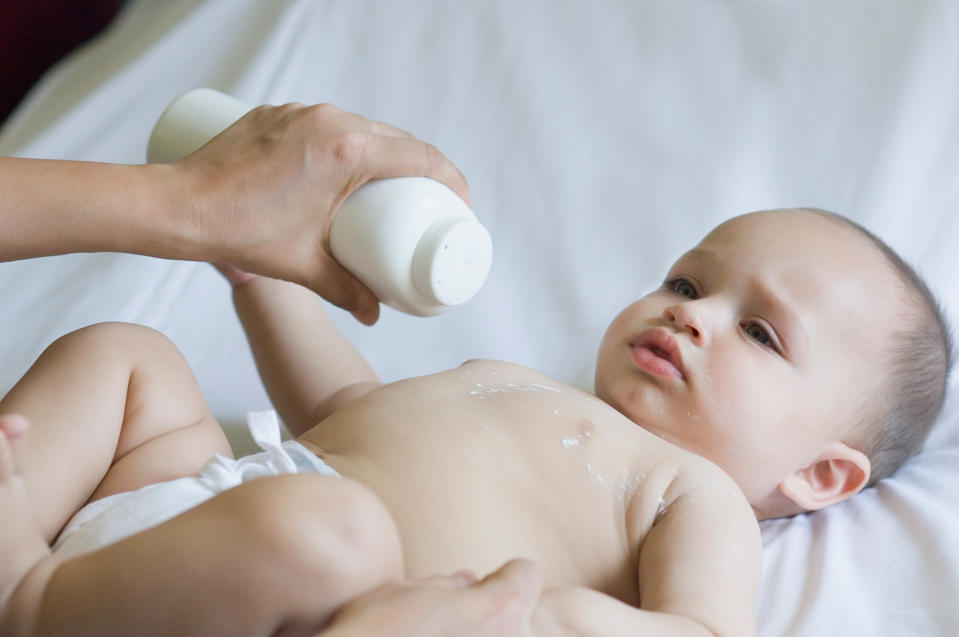Does using talcum powder cause ovarian cancer?

Before Jackie Fox from Alabama died of ovarian cancer in 2015 aged 63, she became convinced she knew the cause of her condition: the everyday application of a seemingly innocuous beauty product. Baby powder.
Last February, pharmaceutical company Johnson & Johnson, who makes the talc, was ordered to pay £51 million to Jackie's family by a jury in Missouri. And Jackie's case isn't unique: it's just one of more than a thousand lawsuits currently brought against the company from customers who claim they weren't made aware of the link between talcum powder and ovarian cancer.
Today, it has been reported that J&J has been ordered to pay £323.4 million to 63 year old Eva Echeverria, who says she started using baby powder when she was 11 years old.
It raises a vital question: can talcum powder actually cause cancer? The answer unfortunately is not particularly clear.

Talc, traditionally used on babies' bottoms and women for intimate hygiene, is a way of keeping skin dry and preventing rashes. Research into its cancer-causing effect has been going on for decades.
But Cancer Research UK says that while studies have seen a slight increase in the risk of ovarian cancer in women who use talc on their genitals, we can't be sure whether or not the product can actually cause the disease.
It's a tough one, because most of this research has relied on people remembering things they did a long time ago. But women might not remember with accuracy how much talc they used in the past. Plus, women who do have ovarian cancer may be more likely to remember using talc than women who don't have cancer, because they're more aware of the association.
A better way of working out whether there is a link between the product and the disease is to follow healthy women to see if those who use talc go on to develop ovarian cancer in the future. So far there's only been one of these studies and it didn't find an association between talc use and ovarian cancer.
Professor Paul Pharoah, Professor of Cancer Epidemiology at the University of Cambridge says:
"The evidence of a causal association between genital talc use and ovarian cancer risk is weak. And even if the association were true, the strength of the association is too small to be able to say on the balance of probabilities that any cancer arising in a woman who used talc had been caused by the talc."
He also points out that there are quite a few different types of ovarian cancer and there are different risk factors for all of them, but the main factors are family history of the disease, hormone replacement therapy use, being overweight and having endometriosis.
And women who take the Pill during early adulthood actually have a 50% reduced risk of ovarian cancer and this lasts for many years after stopping the pill.
Professor Pharoah says that even if talc use does raise the risk of getting ovarian cancer, evidence suggests it would be around 20%. This is a small increase in risk and because ovarian cancer is a relatively rare disease, the increase still gives only a small risk for the majority of women who use talc:
"A 20-year-old woman in the UK has a risk of getting ovarian cancer at some point in her life of 18 in a thousand; a 20% increase in this risk would raise this to 22 in a thousand (assuming that the association were real)."

But a woman with family history of the disease, who has a fault in the BRCA1 gene (like Angelina Jolie) has a lifetime risk of ovarian cancer of about 400 in a thousand. So compared to other factors, it's probably not worth worrying too much about your talc use. But it might be best to avoid putting it near your genitals or in your underwear if possible.
You Might Also Like


